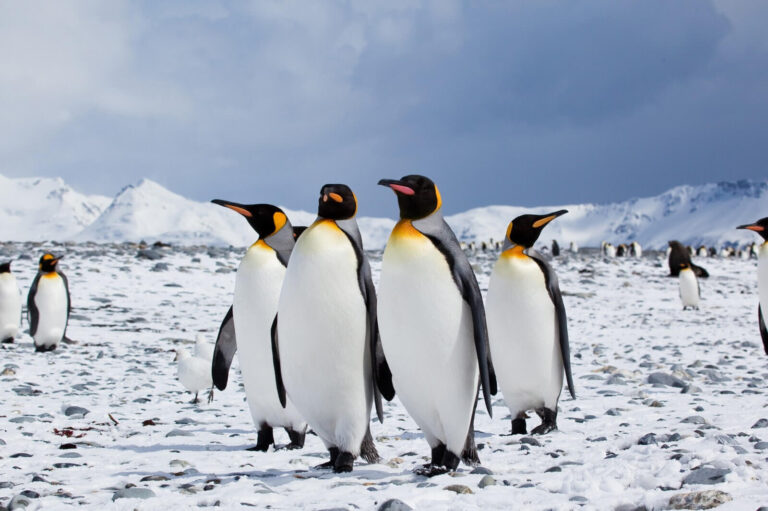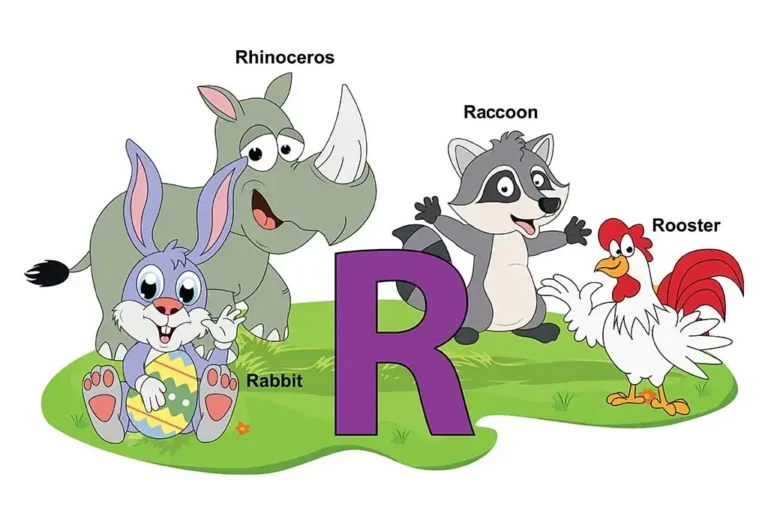Weasel – The Small Yet Mighty Hunter
Weasels are fascinating creatures known for their small size and impressive hunting skills. Despite their stature, they are tenacious predators that play a significant role in ecosystems. In this article, we will explore the world of weasels, from their scientific classification to their evolutionary history and everything in between.
Contents
Scientific Classification
- Kingdom: Animalia
- Phylum: Chordata
- Class: Mammalia
- Order: Carnivora
- Family: Mustelidae
- Genus: Mustela
- Species: Various species, including Mustela nivalis (least weasel) and Mustela frenata (long-tailed weasel)
Weasels belong to the family Mustelidae, which also includes other carnivores like otters, ferrets, and badgers. The most commonly known species are the least weasel and the long-tailed weasel, though several others exist.
Physical Characteristics
Weasels are easily identifiable by their elongated bodies, short legs, and long, flexible necks. Their slender physique allows them to pursue prey in burrows and tight spaces.
- Size: Depending on the species, weasels range from 6 to 14 inches in length, with long-tailed weasels being the largest.
- Weight: They typically weigh between 1 to 9 ounces.
- Fur: They have dense fur, usually brown on top and lighter underneath. In colder climates, some species, like the least weasel, change their coat to white during winter for camouflage.
- Tail: Weasels, especially the long-tailed species, have bushy tails that can measure half the length of their bodies.
Habitat
Weasels are highly adaptable animals in various habitats across North America, Europe, Asia, and Africa. Their preferred environments include:
- Forests
- Grasslands
- Farms and agricultural areas
- Scrublands
- Marshes
They often live near water sources like rivers or lakes and create dens in hollow logs, abandoned burrows, or under rocks. Weasels are solitary animals, with each individual occupying its territory.
Behavior
Weasels are primarily nocturnal, though they can sometimes be active during the day. Their hunting behavior is highly energetic and bold.
- Hunting: Known for their fierce predatory instincts, weasels are skilled hunters who can take down animals larger than themselves. They stalk their prey quietly and strike quickly.
- Territorial: Weasels are highly territorial and will defend their home ranges from others.
- Communication: They use scent markings to communicate and establish territory. Vocalizations, including squeaks and hisses, are used during aggressive encounters or mating.
Diet
Weasels are carnivorous and have a high metabolic rate, so they must eat frequently. Their diet mainly consists of:
- Rodents (mice, rats, voles)
- Birds (and their eggs)
- Rabbits
- Insects
- Amphibians (frogs and toads)
Weasels are opportunistic hunters known to cache food when prey is plentiful. Their sharp teeth and strong jaws enable them to efficiently subdue and consume their prey.
Reproduction
Weasels breed seasonally, with mating typically occurring in the spring or early summer.
- Gestation: Female weasels experience delayed implantation, meaning the fertilized egg does not immediately implant into the uterus. This leads to a variable gestation period of about 35 to 45 days.
- Litter Size: A typical litter contains 4 to 8 young, though some species may have larger litter.
- Weaning: The young are weaned at around 5 to 6 weeks old and begin hunting shortly after that.
- Maturity: Weasels reach sexual maturity within their first year of life, allowing them to reproduce quickly.
Predators and Threats
Despite their aggressive nature, weasels are preyed upon by larger animals. Their primary predators include:
- Birds of prey (hawks, eagles, owls)
- Foxes
- Coyotes
- Snakes
Humans also pose a significant threat through habitat destruction, trapping, and the use of pesticides, which reduce their food supply.
Conservation Status
Most species of weasels are listed as “Least Concern” by the IUCN Red List, meaning they are not currently at risk of extinction. However, local populations may be affected by habitat loss, climate change, and hunting practices. Some species, like the stoat in certain areas, are considered invasive and are actively managed to protect native wildlife.
Interesting Facts About Weasels
- Incredible Flexibility: Weasels can squeeze into narrow caves and crevices thanks to their flexible spines and slender bodies.
- Seasonal Coat Change: In cold climates, some species of weasels change their fur color from brown to white, providing excellent camouflage in the snow.
- Super-Hungry Hunters: With a high metabolism, weasels need to consume about 30% of their body weight in food daily.
- Surprising Swimmers: While not typically associated with water, some weasels are excellent swimmers and will take to the water to hunt amphibians.
Evolutionary History
Weasels, as members of the Mustelidae family, have a long evolutionary history dating back millions of years. The earliest mustelids likely evolved in North America and Eurasia and have diversified into the variety of species we see today, including badgers, otters, and wolverines. Weasels themselves have adapted to a wide range of environments, showcasing remarkable evolutionary flexibility.
Their predatory efficiency has ensured their survival through various environmental changes, and they have maintained their role as apex predators in small animal ecosystems.
Relationship with Humans
Throughout history, weasels have had a complex relationship with humans:
- Folklore: Weasels have appeared in folklore and superstition in many cultures, often depicted as cunning and sneaky creatures. Some traditions viewed them as symbols of bad luck or treachery.
- Pest Control: On the other hand, farmers have valued weasels for their ability to control rodent populations. Their hunting skills make them natural exterminators in barns and granaries.
- Pets and Fur Trade: Weasels are not commonly kept as pets, but they have been captured for their fur. The weasel species ermine was particularly prized for its white winter coat.
Conclusion
The weasel may be small, but its impact on the ecosystem is mighty. The weasel is a fascinating example of nature’s resilience, from its impressive hunting abilities to its adaptability across a wide range of environments. Although sometimes misunderstood by humans, these predators are vital in keeping rodent populations in check, and their evolutionary success speaks volumes about their tenacity and skill. As long as we continue to protect their habitats and respect their role in the wild, weasels will remain integral to the natural world for generations to come.
- Are Rottweilers Good With Kids? Reasons & Training Tips - 17 September 2025
- How Long Are Dogs Pregnant: Complete Guide - 16 September 2025
- German Shepherd Doberman Mix: Info, Pictures, Care & More - 11 September 2025







